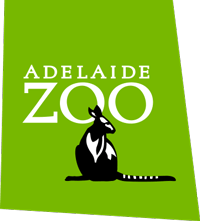Adelaide Zoo has celebrated its 140th birthday with a wild party for visitors.
While the species at the zoo scavenged, scurried and scarpered amongst special birthday-themed enrichment, including a replica of the elephant house and large 140 numbers, zoo-goers were treated to face-painting, special keeper talks, a time capsule unearthing and planting, commemorative planting of a critically-endangered Wollemi Pine, lucky dips and door prizes for members and a guest appearance by a costumed Mr Minchin, the original director of the zoo.
“Celebrating our 140th birthday with our members and visitors is very special,” said CE, Elaine Bensted. “It’s also a great time to thank our volunteers and staff for all of their hard work and dedication over the years.
“Adelaide Zoo is part of the South Australian community. Most of us have memories of visiting as a child and with our own children, grandchildren, family and friends. We’ve heard lots of stories from our visitors as they reminisce about times and animals gone by and how much they enjoy visiting.
“Importantly, as well as celebrating all that we have achieved over 140 years, this birthday is just as much about looking forward. As a conservation charity, we have our sights set on improving the future for the species that need our help. The number of critically-endangered native and exotic species in peril is worryingly high so I hope that when the future CE of the zoo opens the time capsule at our 200-year anniversary there’s a different story to tell,” finished Elaine.
Kids up to and including 14 years go free to the zoo during May. With the birthday party being on the 27 May, there are just four kids go free days left to enjoy.
History of Adelaide Zoo
The Adelaide Zoological Gardens opened on May 23, 1883 and is the second oldest Zoo in Australia, after Melbourne Zoo, which opened in 1862.
When Adelaide Zoo first opened it was home to 37 mammals, one reptile and 36 bird species, today it houses over 500 species and 2,500 animals.
In the first few years, the Society (The Royal Zoological Society) relied heavily on wealthy benefactors giving large donations. Sir Thomas Elder was one of the first Board members and over his time on the committee he gave thousands of dollars as well as numerous animals to Adelaide Zoo. Many buildings were erected in the first few years, some of which are still standing in the zoo and are heritage listed. These include the Head Keeper’s Cottage built in 1883, Front Entrance built in 1883, Rotunda built in 1884, Director’s Residence built in 1888 (now Minchin House) and the Elephant House built in 1901.
The original 6.5 hectares of Adelaide Zoo was originally part of Botanic Park and was donated to the Society for the purpose of a Zoological Garden. This area has now increased to 8 hectares. Some of the original trees from this time are still standing in the zoo and includes the Moreton Bay Fig, found in the South East Asian rainforest exhibit and a Dragon Tree in the Southern Cassowary exhibit.
In 1925, a miniature train was installed in the zoo and train rides began around the grounds. In 1950, a pair of Sumatran Orangutans arrived as a gift from the Government of Sarawak, Borneo. The male Orangutan was called George. George entertained visitors with his antics and games with an old hessian bag and is still remembered today by many visitors. A statue of George was erected in the zoo grounds in his memory after his death in 1976.
Over the years, many changes have taken place including the way animals are exhibited. Like all good accredited zoos, Adelaide Zoo and sister site Monarto Safari Park are conservation hubs where as much goes on behind the scenes in terms of saving, breeding and releasing species as does out front where education is the focus for visitors to prevent species’ extinction.
For more details about Adelaide Zoo go to www.adelaidezoo.com.au.








